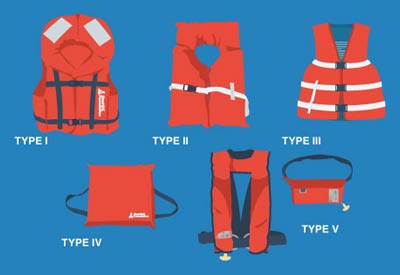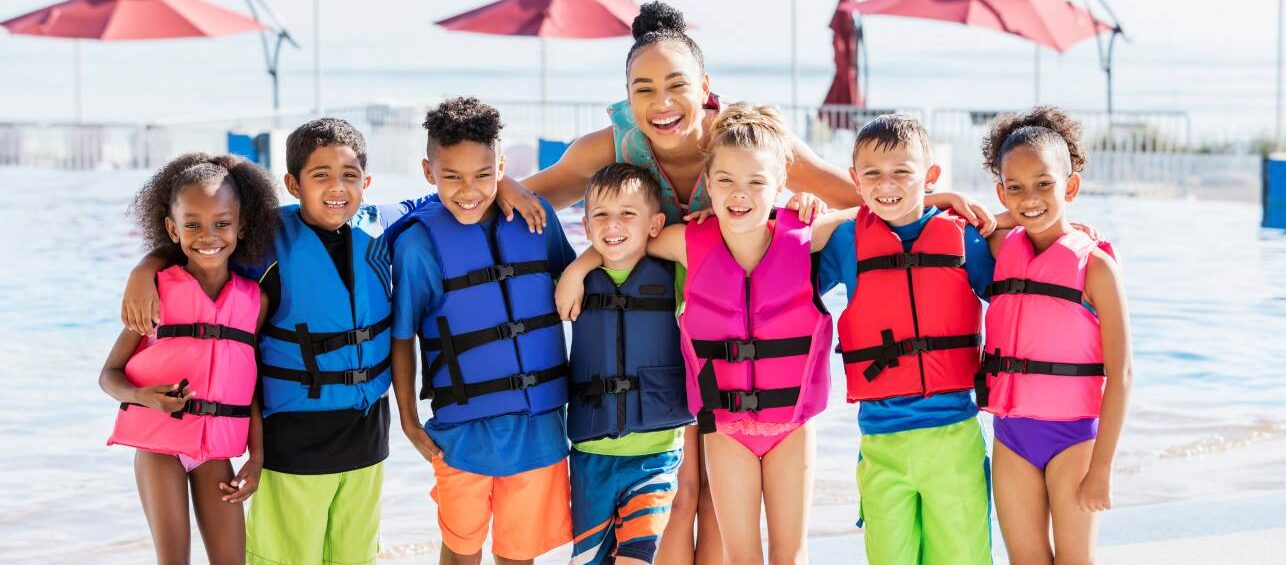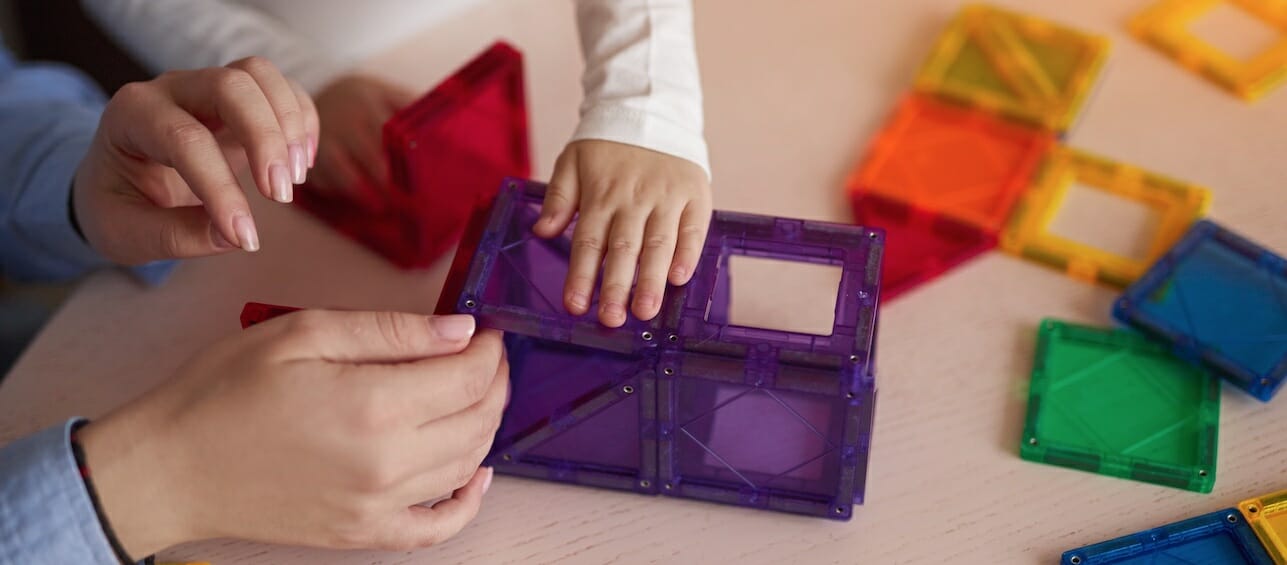As we gear up for family outings to the lake or beach, prioritizing safety is an important part of the plan. According to the Centers for Disease Control and Prevention (CDC), drowning is a leading cause of death for children ages 1-14 in the United States. Ensuring that children have properly fitting life jackets is essential to making sure they not only have fun, but stay safe in the water.
Life jackets, also known as personal flotation devices (PFDs), should be chosen based on the child’s weight, and they must meet safety standards approved by the U.S. Coast Guard. Be sure to double check the user weight on the label of the life jacket to ensure your child is wearing the correct one.
There are five different types of life jackets:
- Type I – Offer the best protection. They are intended for open, rough or remote water where rescue may be slow to arrive.
- Type II and Type III – Intended for protection near shore water activities where chances of immediate rescue are good.
- Type IV – Not intended to be worn. They can be thrown into the water and used until rescue is available.
- Type V – These jackets are restricted to the special use for which they are designed.

Photo courtesy: www.boatus.org
WHEN TO WEAR A LIFE JACKET
Every state has its own set of rules for when a life jacket must be worn. If you visit states outside your own, it is important to review the rules before you go so you are prepared.
In Ohio, life jackets must be worn in the following situations:
- While riding a personal watercraft or jet ski.
- While water-skiing or being towed on a similar device—this includes tubes, wakeboards and knee boards.
- By children less than 10 years old on any vessel less than 18 feet long—this includes most canoes, kayaks and paddle boards.
Our team recommends a life jacket for kids and adults of all ages when:
Boating, skiing, tubing, jet skiing, kayaking and canoeing. Young children who are not yet strong swimmers should also wear life jackets when visiting a waterpark.
Kentucky and Indiana have different rules than Ohio. The Boat U.S. Foundation has a great resource for every state in the United States. We recommend checking it out for your own state and those you visit.
FLOTATION DEVICES TO AVOID
There are some flotation devices that swim experts advise against. These include water wings, arm floaties and infant neck floats. These devices put your child in an upright position in the water which can lead to exhaustion and drowning. We recommend enrolling children in swim lessons as soon as possible to learn how to swim and float in water.
- REMINDER: Life jackets are an important part of water safety, but they should NEVER replace adult supervision.
A NOTE ABOUT PUDDLE JUMPERS AND SIMILAR FLOTATION DEVICES
Puddle Jumper brand flotation devices are U.S. Coast Guard approved and can be used for boating and other water-based activities. However, water safety and injury prevention experts recommend against using them for everyday swimming. They position children in an upright position in the water and provide a false sense of safety: Kids think they can swim and are more likely to jump in without their floatie.
We understand how comfortable and convenient these products are for children but strongly caution you against using them regularly. Instead, we suggest a jacket-style flotation device for boating and open water activities, and early swim lessons for every child so they learn how to float, swim and be calm and comfortable around water.
Please note: Knock-off versions of these products are available online that are NOT U.S. Coast Guard approved. These should be avoided. Please read tags and other product information carefully.





